The Recording of Metropolis Ark 2 at Teldex Studio
Andy Jones visits Teldex Studio in Berlin to witness the recording of the follow-up to the incredible, 10/10 scoring Metropolis Ark 1 library from Orchestral Tools – and discovers enough to bring you his own guide to recording an orchestra… When it comes to using orchestral music in your productions, there are so many options […]
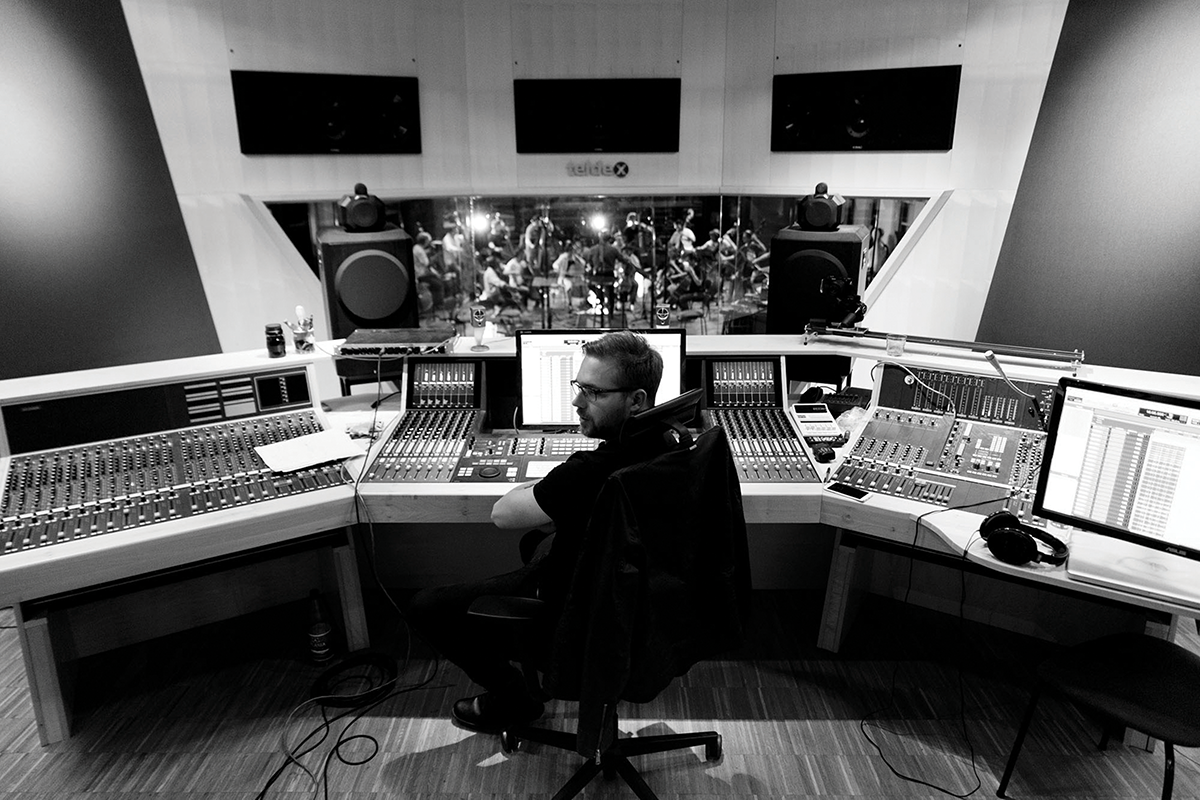
Andy Jones visits Teldex Studio in Berlin to witness the recording of the follow-up to the incredible, 10/10 scoring Metropolis Ark 1 library from Orchestral Tools – and discovers enough to bring you his own guide to recording an orchestra…

When it comes to using orchestral music in your productions, there are so many options these days: from using terrible GM sounds on ancient digital keyboards, to hiring your own orchestra – at enormous expense. The former won’t get you anywhere and the latter will not only cost, but is fraught with its own problems. You have to know what to do with said orchestra, where to place them, how to mic them, record them, feed them…
Luckily, there are plenty of companies that sit somewhere between those two extremes who can take a lot of the effort out of the equation for you, while still producing exceptional-quality results. One of these has quickly become a MusicTech favourite since we discovered it scaring its neighbours at the NAMM show with demos of its (then new) Metropolis Ark 1 collection.
This bombastic and dramatic set of sounds was described by the late, great Keith Gemmell as “a terrific orchestral library that contains just about everything required for composing and producing loud, powerful and epic music”, before bestowing that MusicTech 10/10 Excellence Award on it.
So when the makers of Metropolis invited us along to the sessions for the follow-up, we jumped at the chance: Berlin, the chance to brush up on our orchestral recording knowledge… what’s not to like?
Studio by Studio
We hate to admit it – and kinda have already – but that NAMM meeting was the first we’d heard of Orchestral Tools. However, the company has been around for five years and is based in the beautiful city of Freiburg in southern Germany. As the company’s Jan Lepold tells us, Orchestral Tools started because one of its founders, a musician himself, needed help…
“Hendrik [Schwarzer] founded the company with Manfred Mantik. At the time, he was working on a piece of music and he needed some orchestral runs that just weren’t available. So he started the company to produce our first title, Orchestral String Runs, followed by Symphonic Sphere.”
The two titles did very well for Orchestral Tools, but the original studio in Minsk in which they were recorded closed, which meant a change in recording venue for future titles. Jan came to Berlin to look at Teldex Studio which, in turn, helped spawn the company’s most successful series…
“I met Tom [Russbueldt, engineer] and listened to the stage here at Teldex Studio, and really liked it. We eventually recorded what became Berlin Woodwinds and have been coming here since.
“It was a success, so we carried on the Berlin Series here and we recently added to it with the release of Berlin Brass. Now we have the full orchestra all recorded in this room with similar mics and setups. It’s quite something.”
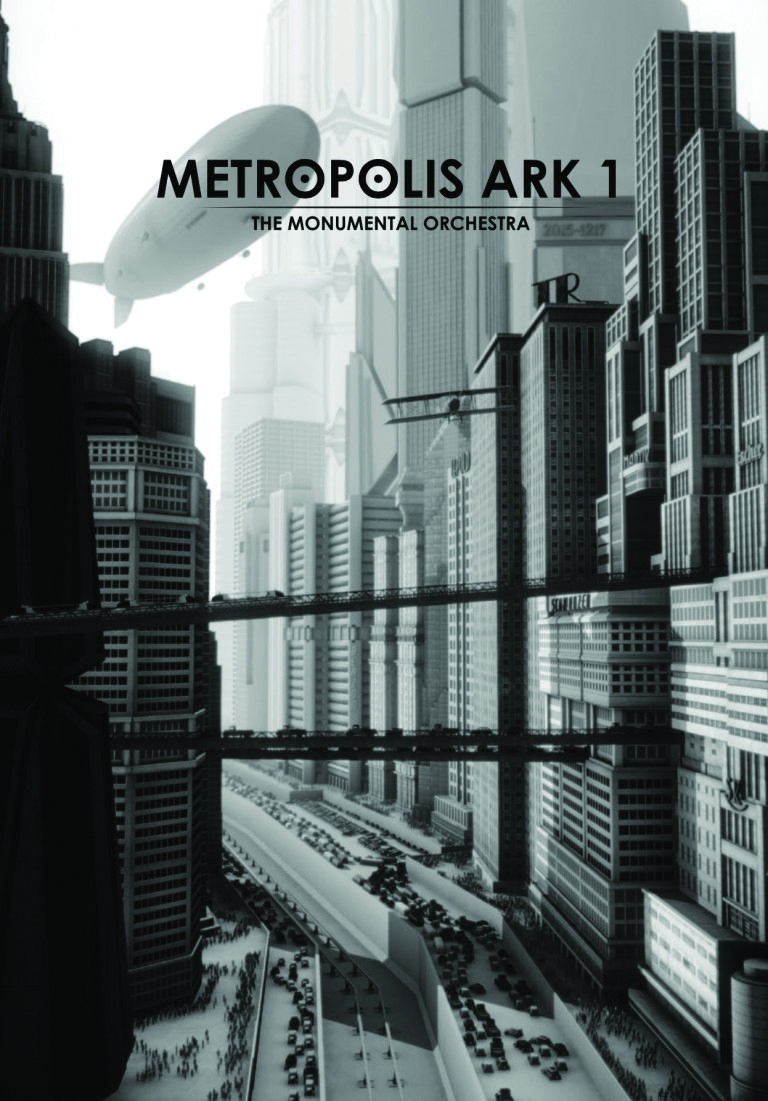
Jan continues: “For each title, we always record the players in the original playing position in the orchestra, so you retain the original orchestral panning positions. If you layer the titles in the series together, you should then have the right positions.
The Berlin Series is like the fine pencil. You really do get all of the articulations and can do really detailed instrumentation, but we’d say it’s really a tool for professionals, because you really have to know how to use the recordings. In Berlin Strings, for example, there is a huge list of articulations you have to understand.”
Metropolis Recording
Recognising that the Berlin Series was all about fine quality, Orchestral Tools decided to do something a little more, well, ‘in your face’ for its next project…
“We decided to do a full collection for people who are doing other styles of music, not only film music, maybe trailer music or even rock music, things like that. Then we thought: ‘What if we do a collection for epic stuff?’ and that’s when we came up with Metropolis.”
It turned out to be the right decision and one that raised the profile of Orchestral Tools way beyond what they’d expected. “I think we generated a lot of new customers with it, because it was affordable and you got it all in one solution.“
Not surprisingly, the success of Ark 1 has led to Metropolis Ark 2 – but this time, the direction is very different. “The difference is that Metropolis 1 was for loud and epic music, so we recorded everything from mezzoforte to fortissimo, bigger samples that are loud and punchy. We also had other things in it like drums and guitars and the choir singing with loud voices.
Now, in Volume 2, we recorded everything from pianissimo to mezzoforte, yet Metropolis Ark 2 is not just for quiet and lovely sounds. It is still a workhorse to create epic music, but at low dynamics. ‘Low dynamic epicness’ describes it.
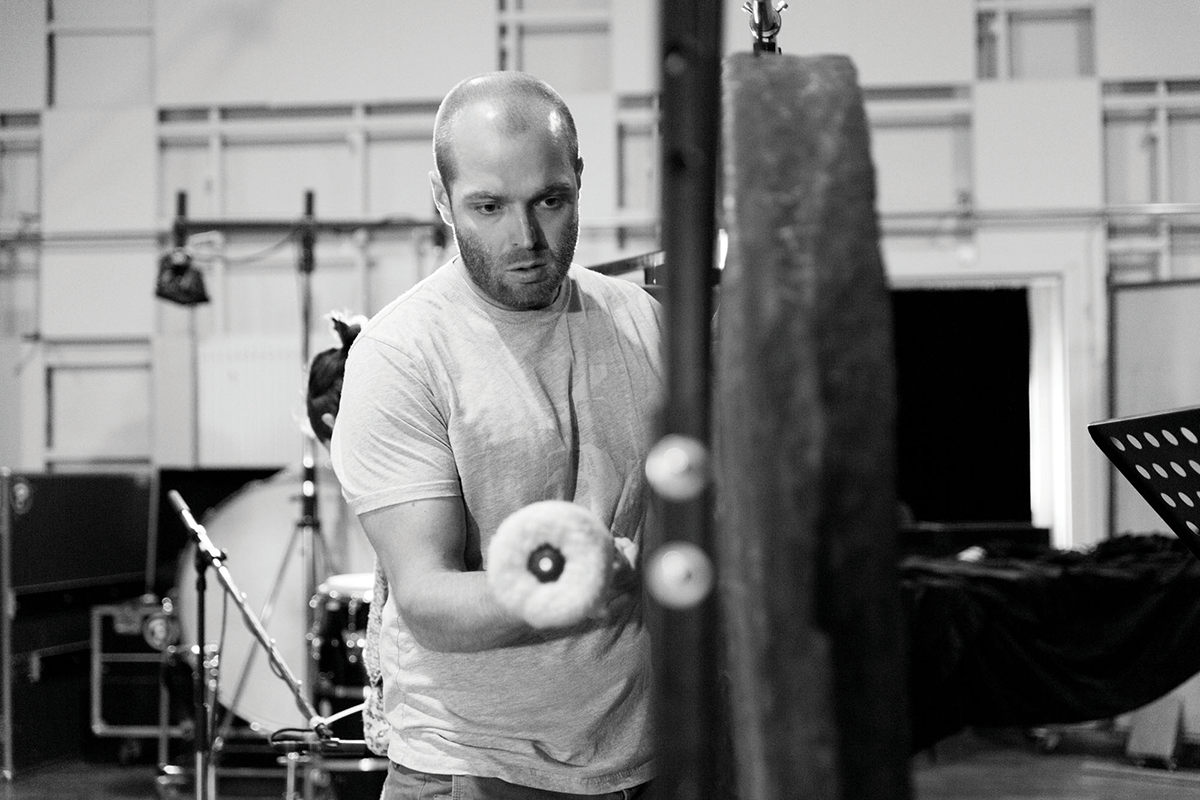
Many believe that they can only get an epic sound with everything really loud, but you can often reach a more epic tone if you record a low dynamic. With the right mic set up, you can blow these dynamics up to get a good volume – then layer these low dynamic sounds for the real magic. So Ark 2 is definitely a collection to create epic sound.”
New Sounds
From the session we witness at Teldex, the attention to detail is second to none. But there is also a sense that for this title, Jan and his team are trying to break some of the recording rules…
“We put together some really interesting ensembles to record,” Jan says. “For example, we had three Steinway pianos playing in an ensemble together for a wide and shimmering sound.
It was just an idea and a little inspired by Danny Elfman, who produces a sound that is often quiet and shiny and he has these wide piano sounds. We had them in this room on the right, the middle and on the left.”
“There was also an ensemble of six harps,” he continues. “We discovered that when they play together there is something that happens in the room with the sounds playing together that is different.
So the plan was to create these ensembles for very different results. And where I said before we always record the players in their original positions, for Metropolis, this is different as you obviously don’t have three pianos in an orchestra. So we just thought we’d do a wide and deep sound – so we have other rules for this recording!”
The Recording Process
And talking of recording, let’s get into the nitty gritty. We spend a little time with Tom Russbueldt, who reveals some of the specific techniques used when recording an orchestra…
“There are a couple of ways to do it,” he says.
“If you are recording a classical orchestra it should sound as natural as possible, but for film scores and sample collections, you have to find a way to make it more interesting.
For film-score recordings, you have to give more impact to the orchestra and get the emotion of the picture into the music. For samples it is a bit different, as you have to make the samples natural so the user has as good experience.
So, for example, you can’t use a spot mic as close as you would with a full orchestra as it doesn’t sound so good – it has to be one or two metres away.”
Tom then tells us about microphone positions, starting with the classic formation – the Decca Tree – which is a combination of three mics, two spaced a couple of metres apart and a third in the centre around one-and-a-half metres in front of the others.
The whole system can be raised or lowered, but is usually three metres or so above the conductor.
“Then we have got outriggers, which are two additional microphones on the left and right side of the Tree to make the recording more spacious,” says Tom. “We also have surround microphones behind that and between the surrounds and the Tree, we have another A-B microphone system. In this hall, if you then use a lot of spot microphones, these might not blend so well with the Tree; but you can then blend it with the A-B system if you need to.
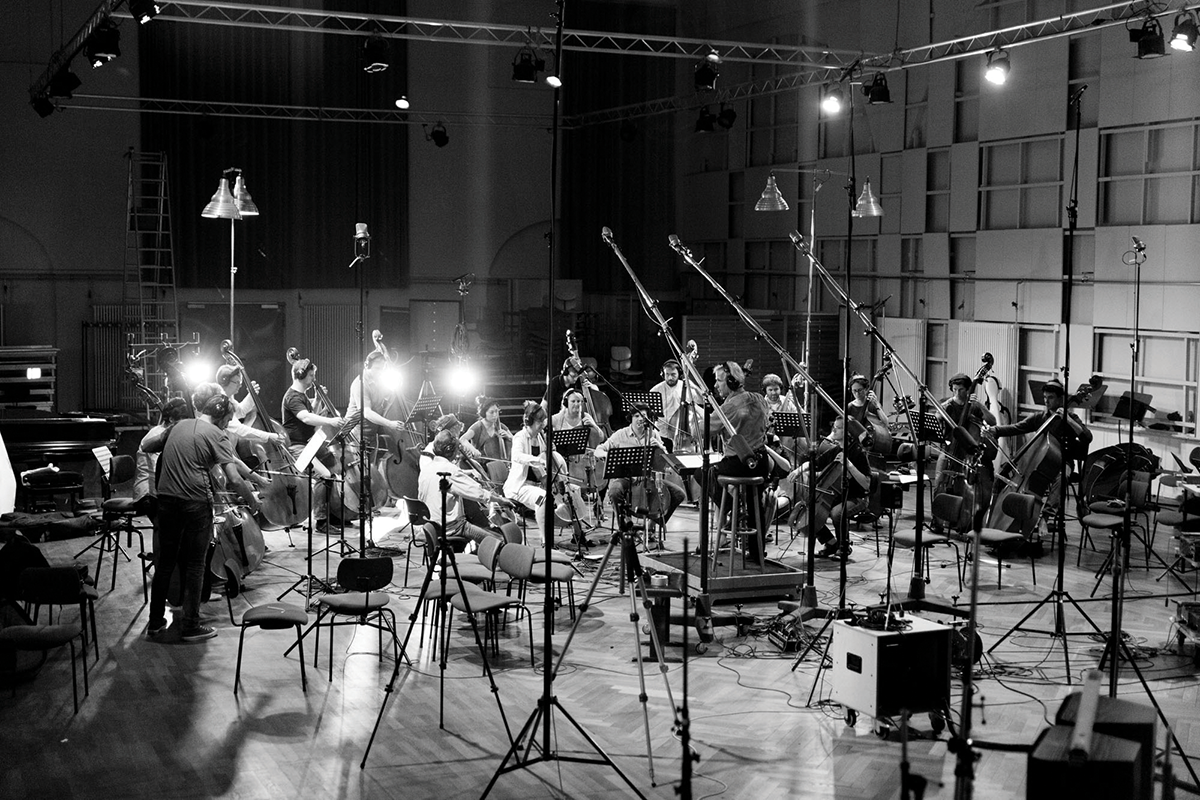
“As far as the spot microphones go, we have two channel-top microphones; four channel-bottom microphones, which are physically placed lower down to get the bass sound, and four for the violas which are standard condensers and a Coles especially for the violas, to make them smoother.”
Jan adds: “With the library, we have the ability to kill all of the room microphones so you then have a really close sound. You will have a little room sound, but otherwise, it’s a very close sound.
And then you can take the close mics off so you then have the Tree sound, so you get the room. The mix of this is always driven by taste – if you want to have a close or room sound – but this is also an important feature if you want to blend our sounds with other libraries, because you can, for example, adjust to mix with another drier library.”
And as for the microphones used, it’s a fantastic range of Neumann classics as you might well expect…“For the Tree, outriggers and surrounds, we are using Neumann M 50s and for the spots, we use Neumann U 67s and U 47s and some modern ones like the Neumann TLM 103. People always say, ‘Wow, you have a great set of microphones’, but it’s pretty normal for us. We are just lucky that we can choose from a huge collection of very old mics!”
The microphones go into Pro Tools as 20-input channels via some top-end interfacing. Tom: “We use the Studer preamps and the best converters are the Merging Technologies Horus ADDA. We compared a lot of convertors but those are, to my taste, the best ones. Pro Tools is the DAW I am used to.” The session starts and the record button is pressed once at the start of a session and once at the end – that’s an enormous amount of recording…

“It’s up to 400GB, but the editing of that is not my job,” Tom laughs. “I try to tell them what to do with the spot mics, but that is about that.”
“It depends on what you record,” says Jan. “With legato patches, it takes longer. In Metropolis Ark 2 we have lots of them, so the editing and the finishing of the instruments took a long time.”
It’s quite a task, as the original recordings take place over several days – as Jan explains. “We recorded both Metropolis 1 and 2 over eight days each. We had the choirs come in over the weekend, a day for the percussion and these two to three days for the strings, plus a day for woodwinds, harps and pianos.
There were 130 players in total. Metropolis Ark 2 might be bigger as there are more legato patches and these are always a little bigger, plus we had three choirs in this volume. They are not as big as our Berlin Series, but we’ve tried to keep them a certain size – each is around 60GB.”
The Orchestra
The most important aspect of any orchestral recording is the orchestra itself, of course. So how do you source one these days?
“They are all professional musicians who do sessions and are contracted by Scoring Berlin, our sister company,” says Jan. “They are flexible, so we can call and say, for example, ‘We need 12 basses and eight celli.’ But they are all local and play in different orchestras in Berlin, like the Konzerthausorchester and the Berlin Staatsoper Orchestra, so when they have time, they do sessions like this. For these people it’s a daily job and it’s easy: no mistakes, they look at the score and play it.
With staccato, they might not be quite on time, but they can repeat it three times and then we can go one tone further. With an orchestra session [versus recording samples] you record the music and maybe there is a part that doesn’t sound quite right, so you work on that part again to ensure it’s different.”
It must be interesting for the players, as they don’t know where their recordings will end up – possibly a Hollywood blockbuster…
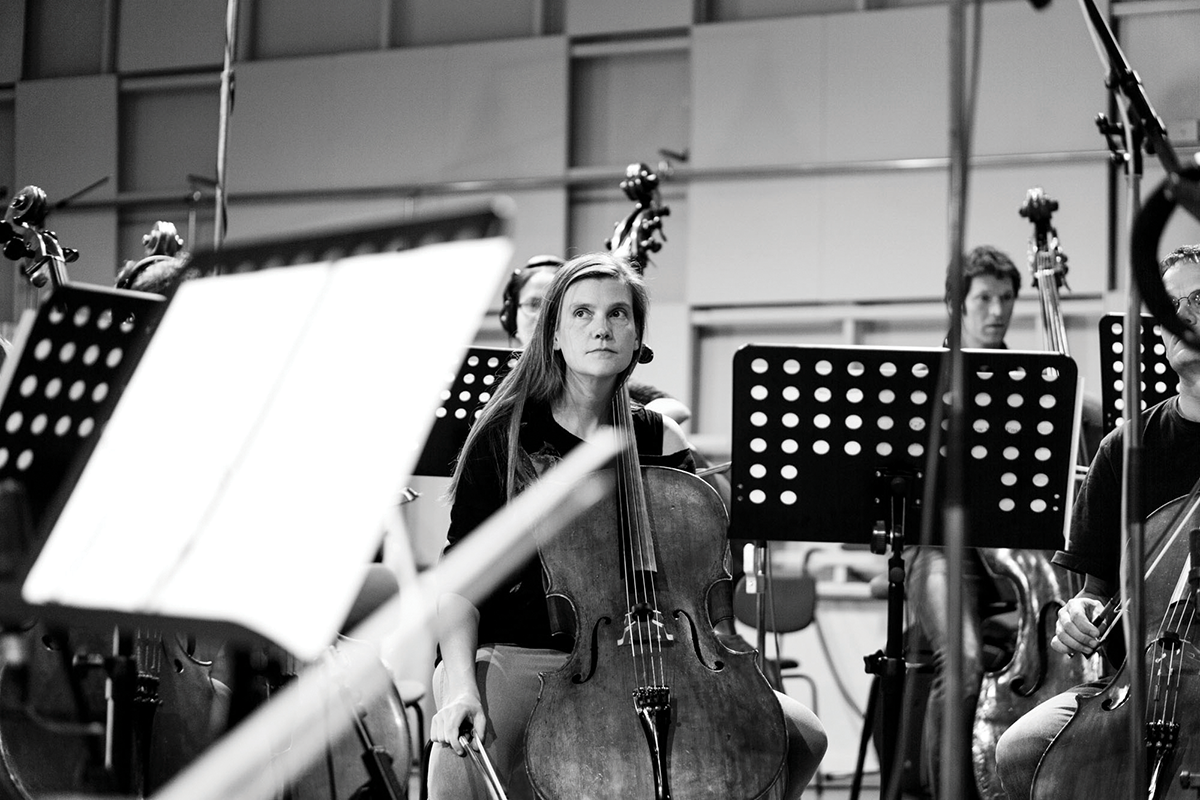
“We tell them what we’re doing and that this could be for film composers, but there could be the question that we are taking their jobs – recording them so other people use the samples – but we think that any film or TV or video game will still choose an orchestra to work with if they can afford it, because a real orchestra is a real orchestra.
But if you don’t have the budget, like a smaller TV station, then you would use samples. We are perhaps doing a little bit of advertising for the orchestra and Berlin and the Teldex Studio as well, so we don’t think what we are doing is a bad thing for these musicians.
And sometimes, we will get them work for other companies or soundtrack work, so we don’t believe we are putting them out of work!”
Play note, repeat note
On the days that we attend the Metropolis Ark 2 sessions, the players are recording legato, among other phrases. It must be said that listening to the constant repetition of notes wasn’t quite as enjoyable as listening to a complete orchestra in full swing, but as Jan explains, sections like this are the most important of such sample-based collections. First up, a quick explanation of the legato technique to our non-orchestral readers…
“The orchestra is recording the transitions of the legato – so, how one note goes to another – and what you will hear in the patch are the transitions between notes, so you have something going in between the tones. Sustain tones, on the other hand, have nothing going on between the patches.”
Jan then explains the actual recording process that we are hearing and as he explains it, we begin to understand the monotony…
“What you are hearing is a logical setup,” he explains. “You go from the deepest tone and then you play all of the transitions moving up the scale. After that, you then you go from the next tone up and play all of the transitions and so on; so if you are used to hearing it and playing it, it is logical. When you open up a project, you get the transitions shown in groups of 12 (notes and then next-note transitions).
These legato patches take the most amount of room, but users often define how good a collection is by its legato patches – also the sustain and the stacatto – so we take time with these basic patches.”
So what about the orchestra, how do they feel about playing such repetitive transitions?
“Recording samples is certainly different from recording music for them,” Jan replies. “ We need straight transitions, with no dynamics as you might get in a musical phrase. With legato, it is almost hypnotic for them to play it, but it is also a kind of practice, because they possibly haven’t done this kind of transition work since their youth.”
Teldex Studio
Teldex Studio has existed in its current guise since 2002, but the history of the building stretches back much further. “It used to be a dance hall around 1910 to 1920,” says Tom, “and later, it became a famous classical studio that was also releasing records on the Telefunken and Decca labels, which became known as Teldec.”
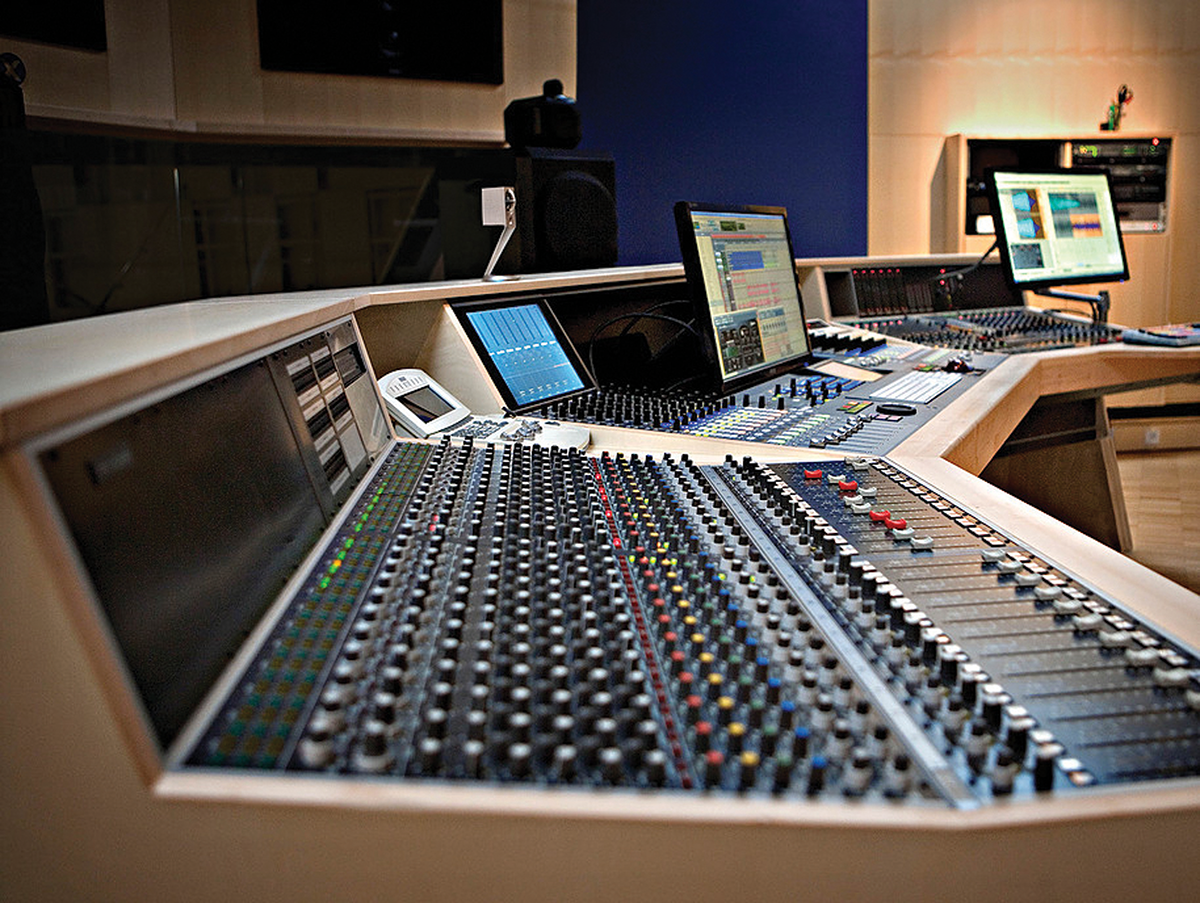
This was around 1950 and the studio was used to record output from both labels, which was manufactured in Kiel in northern Germany. In 1983, Telefunken and Decca sold Teldec to Time-Warner, but the company eventually closed in 2001. The studio building was then revamped and rebranded Teldex in 2002.
“They relaunched everything,” says Tom, “and built this beautiful studio.” Tom is talking about Studio 1, which is indeed an incredible facility. It’s a 60-square-metre space based around a Studer 980 console, Avid controller and PMC BB5 and MB2 speakers (plus a Genelec sub and B&W 801 midfields).
Outboard includes Bricasti M7; Lexicon (960/480/300) and Sony DRE-S777 reverbs; Fairchild 670, dbx 166A, Prism Sound MLA-2, TubeTech CL 1B and UREI 1176 compressors; Manley Slam preamp.
Control Room 2 is a studio more recognisable to project studio owners, which is “used in equal share for recording, session preparations, editing and mixing”.
A light and airy Control Room 3 completes the studio setup and is “mostly used as a tracking and mixing facility for our classical projects”.
On top of these rooms, there are two recording rooms and a couple of lounges.
Of course, it’s the microphone collection that can make or break a studio like this and this is certainly one to behold, so forgive us as we simply list them…
Neumann M 49, M 50, U 47, U 48, U 47 fet, U 67, U 87, U 89, M 149, TLM 50, TLM 170, SM 2, SM 69, KM 54, KM 56, KM 83, KM 84, KM 130, KM 140, KM 143, GFM 132; Sennheiser MKH 20, MKH 40, MKH 60, MD 441, MD 431 II, MD 214 N; Schoeps CMC5/MK2, CMC5/Mk2s, CMC5/Mk3, CMC5/MK4, CMC5/MK21, CMTS 501; Brüel & Kjaer 4006; AKG C414, C422, D202, D112; Coles 4038; Shure SM57; Electrovoice RE20; UREI 1176.
Phew. Finally, to the hall itself, and we’ll leave the last word to Tom: “We’re obviously really happy with the classic sound of the hall here. There are few facilities like this, so we have work booked out here for maybe six months to a year ahead. It is simply one of the best sound stages in the world.”
Next Steps
So, after the Berlin Series finishes, what’s the next project for Orchestral Tools? “At the start of next year we will complete the Berlin Orchestra,” says Jan. “There are a few expansions not released yet. We will see what comes next…”
Is Orchestral Tools ever tempted to release collections in the style of some of the popular soundtracks of today, we ask? “With the Metropolis Ark Series the collections are focused on a specific epic sound – all-in-one solutions for a certain kind of music.
With the Berlin Series we offer you the freedom to write any type of orchestral music – classical film scores and also modern hybrid stuff – because you can easily blend them with other libraries or synthesisers. These are flexible enough to fit in every orchestral situation.”
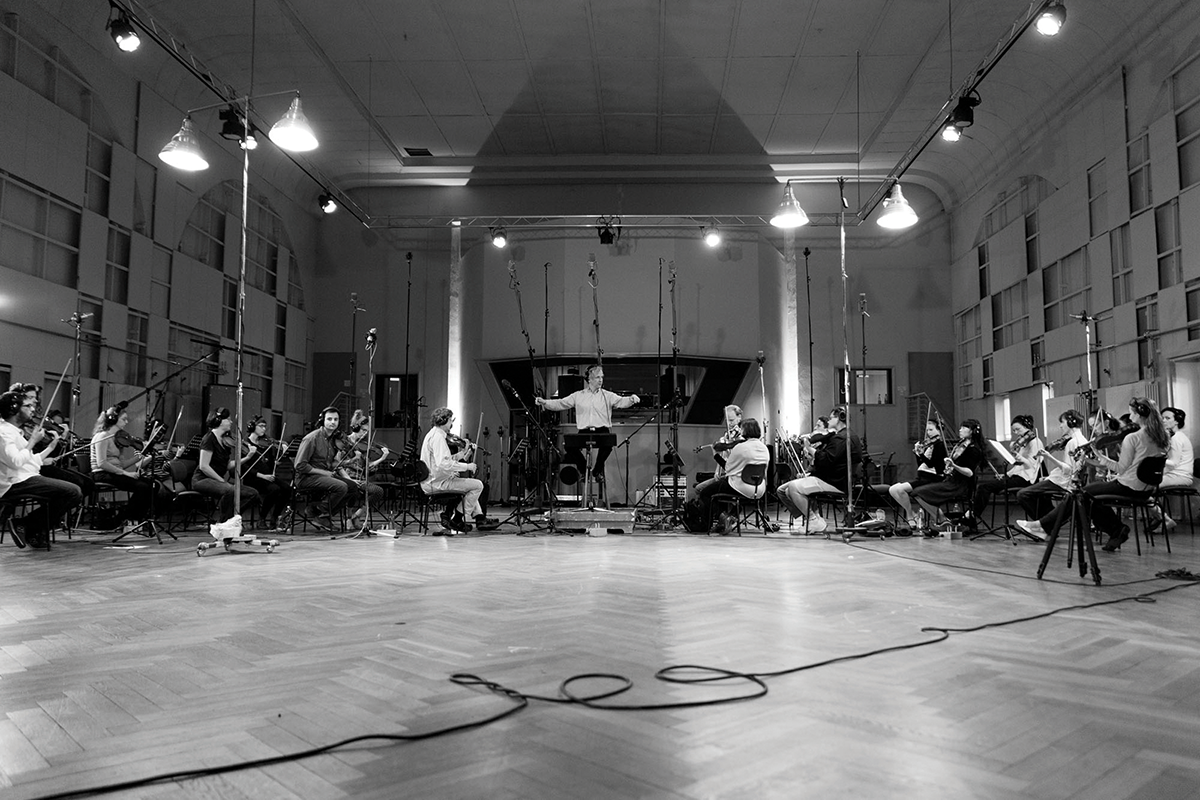
So no collections based on the more recent signature styles by the likes of Elfman and Zimmer? “As I said, there is an Ark 2 piano patch inspired by Danny Elfman. We do get inspired by music we listen to, for sure, but these are single patches, not a whole library.
At the moment, we don’t want to create whole collections focused on one personal style – maybe in the future, but not yet.”
“On a technical level, we have CAPSULE that supports this. It is the heart of all our libraries and enables you to customise your workflow: build your own patches, set up key switches the way you want them, and morph and blend between up to four articulations.
The mixer provides full control over mics and panning. You can even apply legato transitions between any articulation. It’s a really flexible tool that supports you while you define your own way of working. We want to create tools that support composers defining their own style.”
Find out more info from www.teldexstudio.de and orchestraltools.com